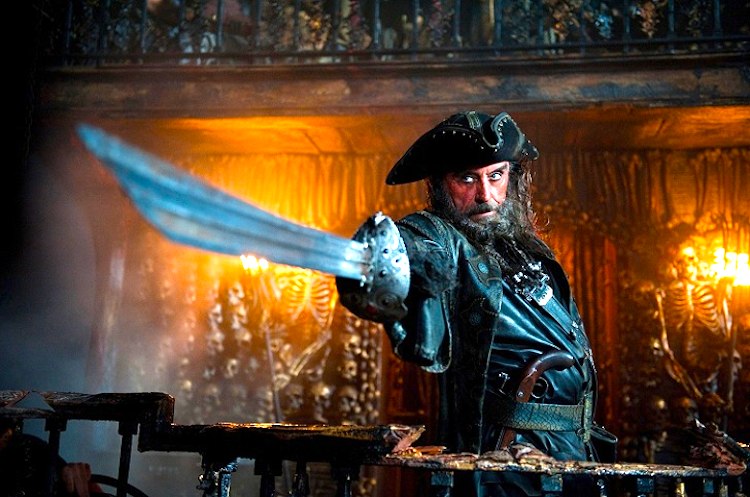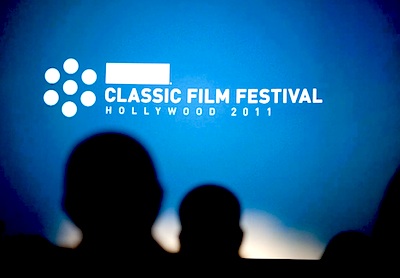
By David Ross. L.A.’s Museum of Contemporary Art has opened an exhibition of graffiti art, in response to which Heather Mac Donald (see here) has written what is perhaps the single most effective and thorough demolition of radical chic that I have ever encountered. Here’s her lead, all of which she elaborates to devastating effect:
MOCA’s exhibit, Art in the Streets is the inaugural show of its new director, Jeffrey Deitch, a former New York gallery owner and art agent. Deitch’s now-shuttered Soho gallery showcased vandal-anarchist wannabes whose performance pieces and installations purported to strike a blow against establishment values and capitalism, even as Deitch himself made millions serving art collectors whose fortunes rested on capitalism and its underpinning in bourgeois values. MOCA’s show (which will also survey skateboard culture) raises such inconsistencies to a new level of shamelessness. Not only would MOCA never tolerate uninvited graffiti on its walls (indeed, it doesn’t even permit visitors to use a pen for note-taking within its walls, an affectation unknown in most of the world’s greatest museums); none of its trustees would allow their Westside mansions or offices to be adorned with graffiti, either.
Even this two-facedness pales beside the hypocrisy of the graffiti vandals themselves, who wage war on property rights until presented with the opportunity to sell their work or license it to a corporation. At that point, they grab all the profits they can stuff into their bank accounts. Lost in this antibourgeois posturing is the likely result of the museum’s graffiti glorification: a renewed commitment to graffiti by Los Angeles’s ghetto youth, who will learn that the city’s power class views graffiti not as a crime but as art worthy of curation. The victims will be the law-abiding residents of the city’s most graffiti-afflicted neighborhoods and, for those who care, the vandals themselves.
I intended to add certain withering comments of my own, but Mac Donald leaves nothing unsaid. She delivers a pounding. She pounds into fragments and then into dust and then she sweeps the little pile of refuse into the sewer and bids it arrivederci. If you want to know how to conduct a culture war, look no farther. Continue reading The Aerosol Arts





